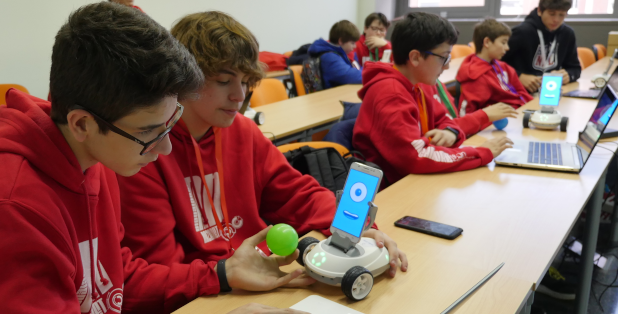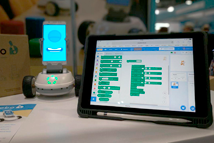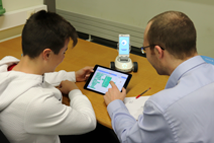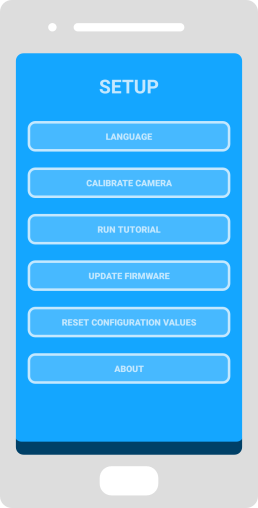Sample projects
Robobo includes a set of sample projects to start working and playing and, more importantly, learning in an easy to follow stepwise manner. This way you can familiarize yourself with the building blocks of autonomous robotics and the endless possibilities of this platform.

Simulators
In our wiki we have three Robobo simulation models adapted to your level. If you are programming with Scratch or are new to Python, we recommend the Unity-based simulator. If you already master Python, your best option is CoppeliaSim. And if you are an expert programmer, the best is Gazebo and ROS. For all three simulators we have several worlds created in which you can program Robobo and develop your own programs. We include different elements with which the robot can interact to make the development more interesting. Visit our wiki and don’t hesitate to try them out.









